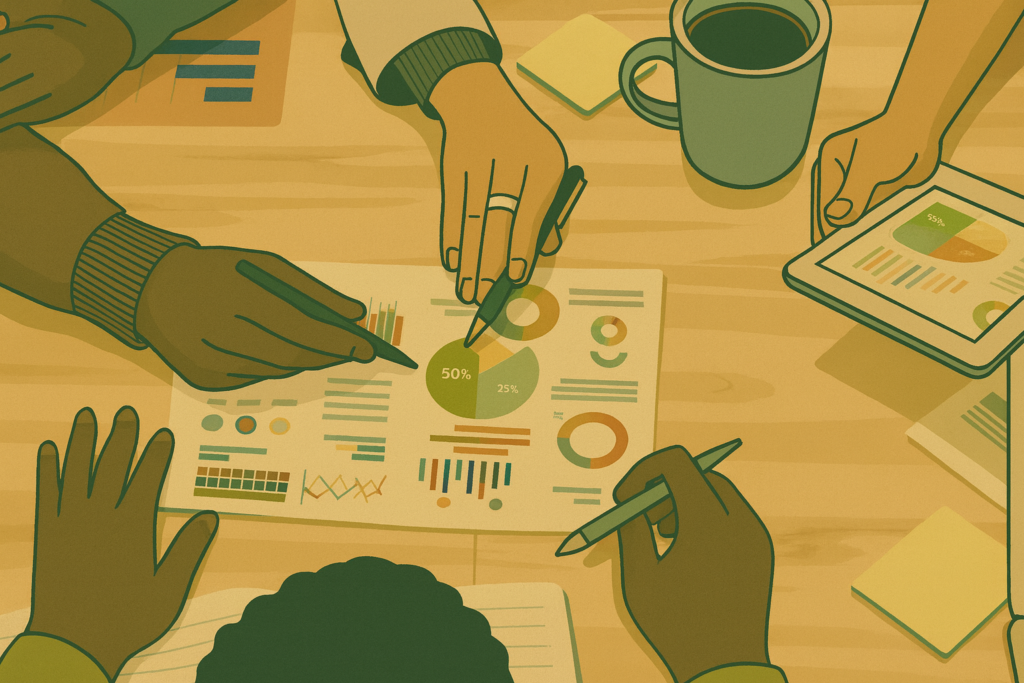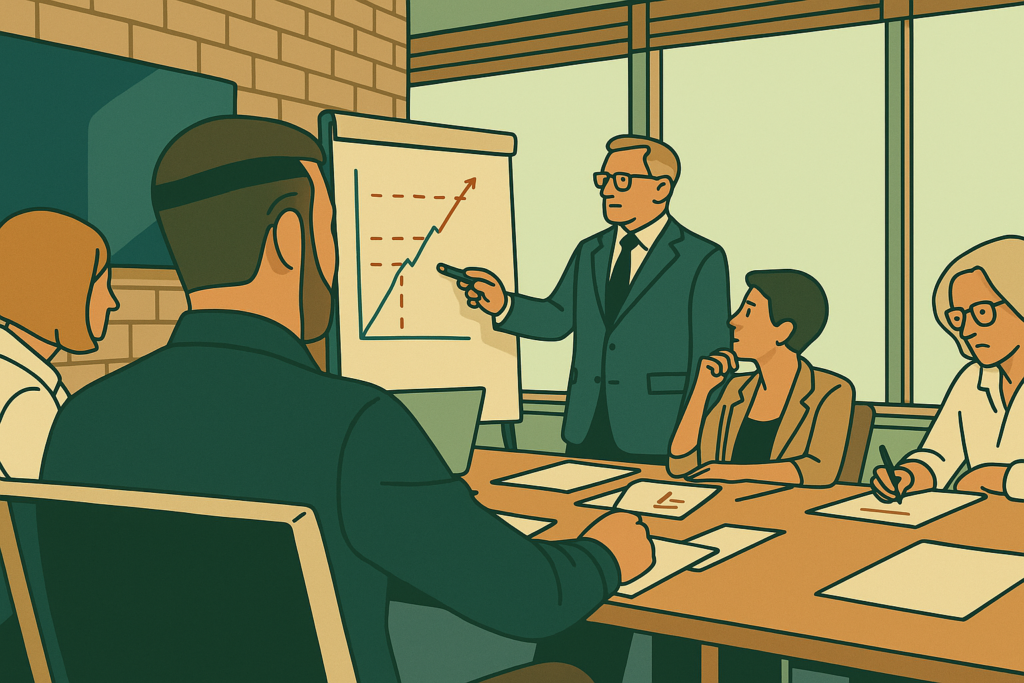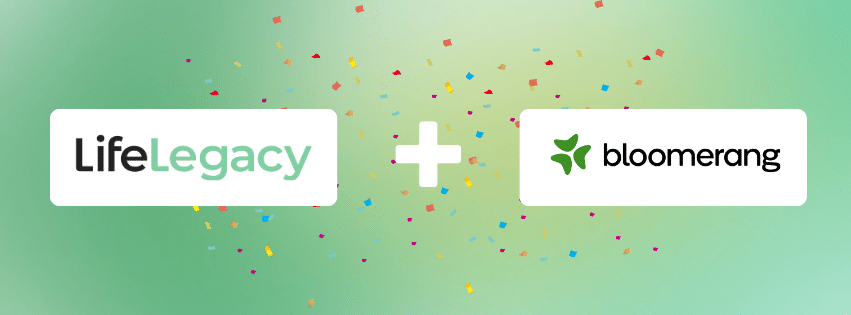Wills vs. Beneficiary Designations:

When it comes to helping supporters plan future gifts, one of the most common sources of confusion is deciding which assets should be included in a will and which should be distributed via beneficiary designations. I wrote about this a couple of years ago, but recent conversations with individuals have prompted me to revisit this important topic, especially how these vehicles can impact planned gifts for nonprofits.
From Gifts to Growth: How Technology Is Rewriting the Fundraising Playbook

Managing a nonprofit in 2025 has never been more challenging—or more full of opportunity. As donor engagement expectations shift toward digital convenience and personalization, nonprofits that embrace modern technology are better positioned to control costs, strengthen relationships, and grow current and future gifts. By leveraging the right tools, organizations can maximize communication, engagement, and fundraising outcomes.
Prioritizing Donor Retention in Your Fundraising Strategy

Retaining donors is more cost-effective than acquiring new ones. Learn practical strategies nonprofits can use to improve donor retention and grow sustainably.
$46 Billion Reasons to Integrate Planned Giving at Your Nonprofit

If you need a single, compelling reason to prioritize planned giving this year, here it is: around 46 billion dollars flows to charities every year through bequests. In fact, the latest Giving USA numbers show that bequests in 2024 totaled about $45.84 billion—roughly 8% of all U.S. charitable giving for the year. That’s not a rounding error; it’s a transformative funding stream your mission can’t afford to ignore.
How Two Estates Became One Planned Gift

One of the most interesting parts of planned giving is that you never know what is going to happen! Planned gifts will surprise you. In an earlier blog, I talked about the planned gift that I DIDN’T accept. That was not even close to the most interesting gift that I ever received.
And this one isn’t either. But it was something I never expected.
Identify the Best Donor Personas for Planned Giving

Identifying the best donor personas for planned giving is all about understanding who is most likely to make long-term, legacy-based contributions—and why. These donors aren’t just generous; they’re deeply aligned with your mission and often thinking about the impact they’ll leave behind. Here’s how to pinpoint them:
How to Increase Planned Gifts Without Increasing Headcount

The word “increase” is a bit of a conundrum. Many nonprofits are being asked to do more (increase) with less (no increase). Your planned giving program is no different. Raising more planned gifts with increasing headcount is not just a recommendation but a requirement.
Top 10 Miscues Nonprofits Can Make in Planned Giving (and How to Avoid Them)

Planned giving has long been a vital—yet underutilized—source of revenue for nonprofits. Unlike annual donations, which fuel today’s operations, planned gifts create a pipeline of sustainable funding for tomorrow. According to Giving USA, planned gifts account for billions of dollars each year, with bequests alone contributing more than $40 billion in 2023. Yet many nonprofits, even those with strong donor bases, fail to maximize this powerful opportunity.
Why Nonprofits Deserve a Mission-Aligned Partner—Not Just Another Tech Platform

In today’s increasingly digital world, nonprofits have more tools than ever at their disposal to engage donors and increase impact. But when it comes to planned giving—one of the most meaningful and transformational forms of donor support—many nonprofits are finding themselves stuck between a rock and a hard place: do they partner with a large tech company with little experience in the fundraising world that sees adding a nonprofit vertical as a revenue play, or do they work with a lean, experienced team that has decades of combined fundraising experience and an advanced online estate planning platform?
LifeLegacy Launches New Bloomerang Integration for Planned Giving Data

LifeLegacy has officially launched its new integration with Bloomerang, creating a seamless solution for nonprofits to manage their planned giving efforts. Nonprofits using LifeLegacy’s Giving Suite can now automatically transfer planned giving data directly into Bloomerang, including gift size, gift type, and more. This integration simplifies donor management by ensuring planned giving data is always up to date and accurately reflected across both platforms.




